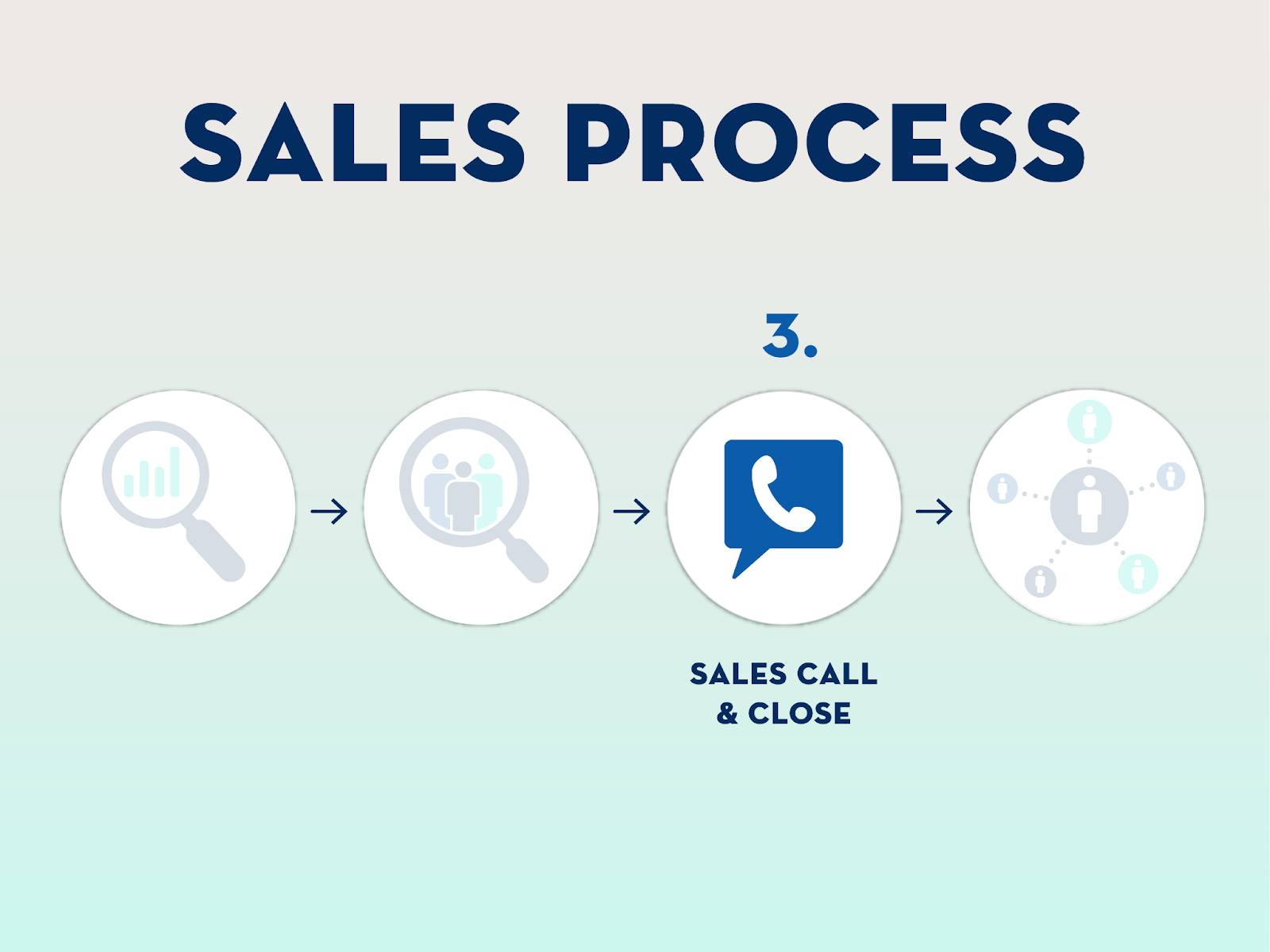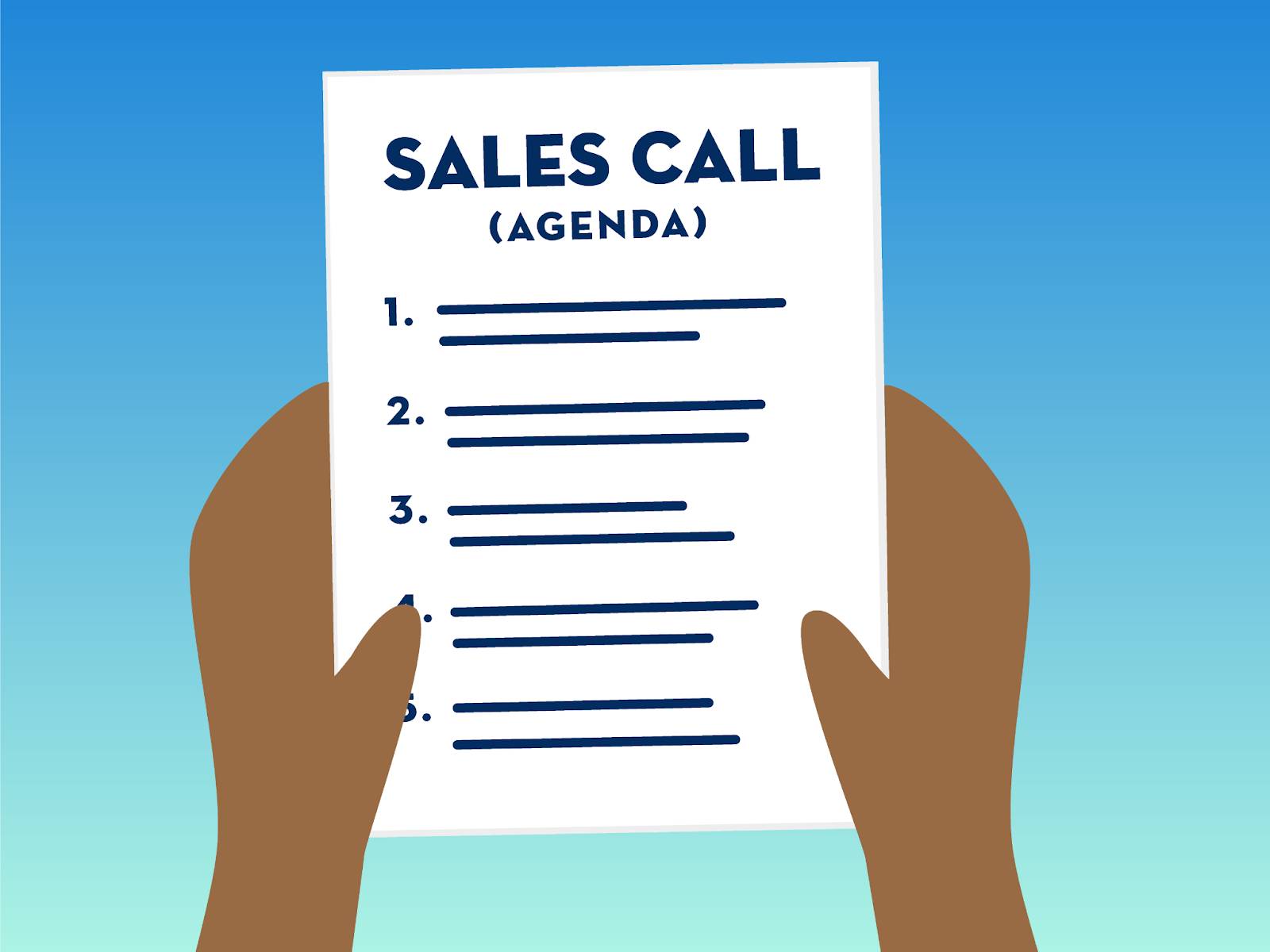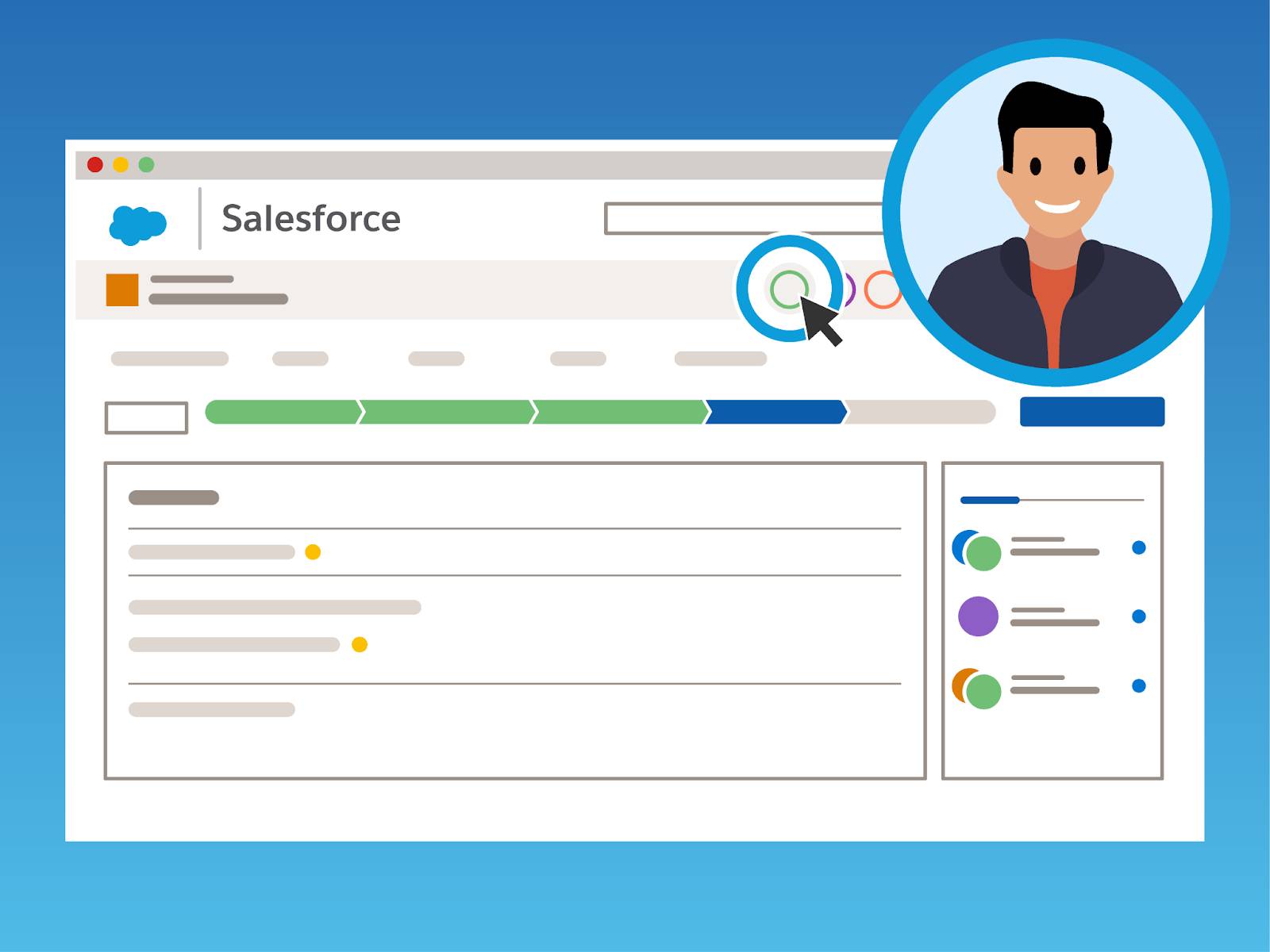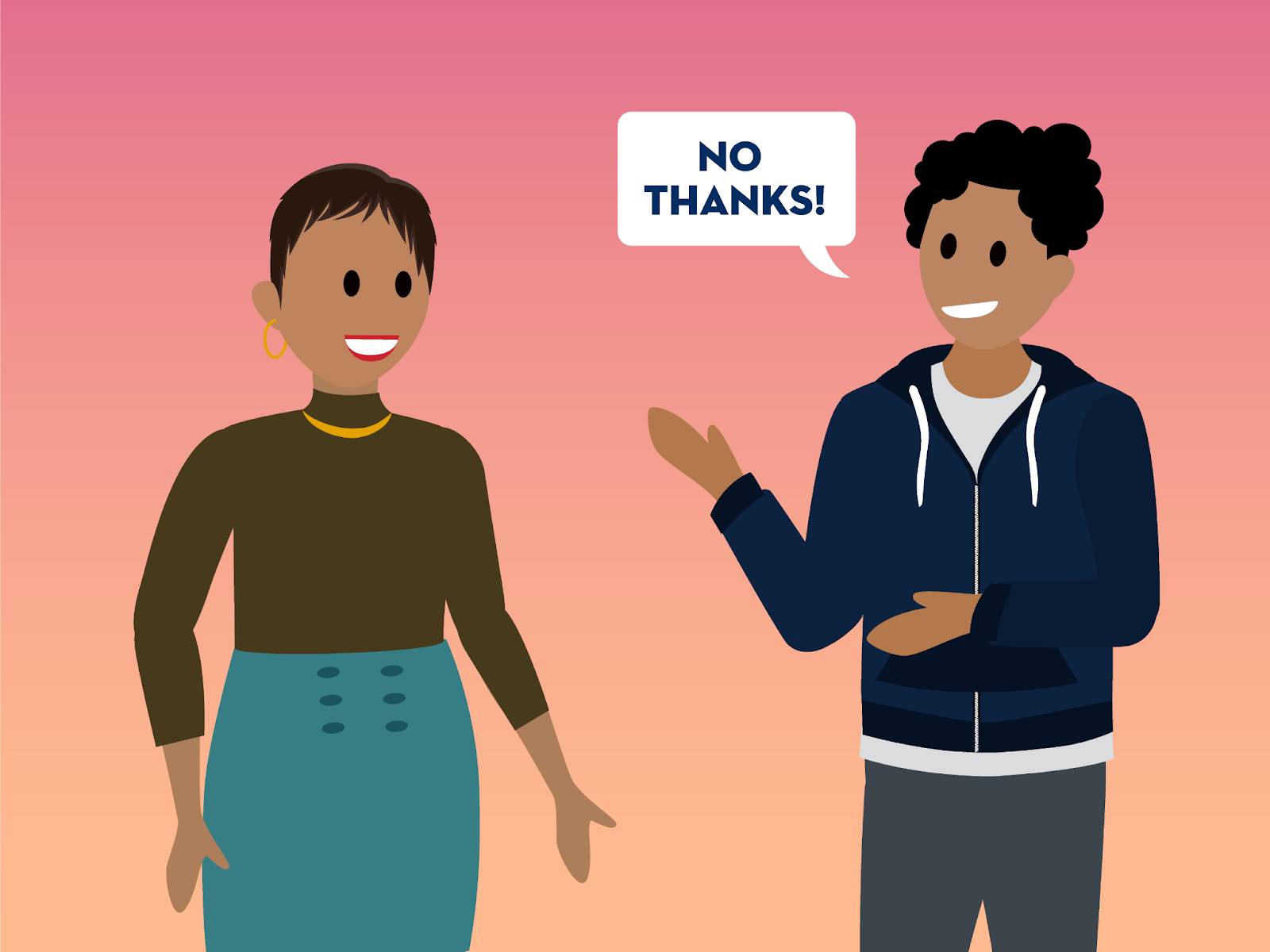Get the Most Out of a Sales Calls
Learning Objectives
After completing this unit, you’ll be able to:
- Prepare for an effective sales call.
- Understand your prospects’ needs and potential objections.
Make a Good First Impression
So you’ve done your market research and made sure your prospects are qualified.
Looks like you’re ready to make a sales call. But this isn’t just a quick pitch: The most successful sales calls include tailored presentations and focus on building trust with prospects by addressing their unique pain points.
At its most basic level, a sales call is a conversation between a salesperson and a prospect about the purchase of a product or service. Sales calls are most often conducted in-person or via video, and they involve multiple parts. These calls often include initial agenda-setting by the rep, the product pitch, a demo, prospect objections and rep responses, negotiation, and then outlining of next steps. Ideally, a rep closes a sales call with a verbal agreement from the prospect to make a purchase.

In a typical sales process, much of the preparation, including prospect research and qualification, occurs long before the sales call is even scheduled. The tasks below are specific to the call itself.
To ensure you lead a successful sales call, we’ve curated expert tips and techniques, including guidance on how to prepare. Ready? Set? Sell!
Set Expectations
Before you make the call, determine your prospect’s needs and pain points. This avoids any surprises during the call itself, as you’ve already established alignment with product solutions and set expectations of what’s to come.

This is also an opportunity to tactfully ask who else needs to be involved in the decision-making process before the purchase can be finalized. For larger companies, this often includes legal teams and high-level company executives. Send an advance copy of the contract or a prepared quote so all decision makers can review sales details before the call.
Create Tailored Presentations
In a recent Salesforce study, sales reps reported they often struggle to fully understand their prospects’ needs—in part because they don’t conduct adequate research or hold discovery calls. The result is a generic sales pitch that doesn’t frame the product as a solution to unique prospect problems.

To avoid this, make sure you know each prospect’s needs inside and out. Then create a slide deck or presentation specifically addressing those needs.
Also, keep your prospect’s communication and engagement preferences in mind as you prepare your pitch. Some prefer standard slides while others may enjoy video or interactive content.
Prepare a Demo

Talking about your product as a solution only goes so far. To ensure you’re delivering what the prospect needs, consider presenting a video or interactive demo during the sales call. Keep it to no more than 10 minutes and, if needed, prep the person leading the demo so they know to highlight specific features that meet the prospect’s needs.
Determine Your Response to Objections
Expect objections to the sale—even if you’ve done your homework and mapped out the perfect product solution for the prospect. To prepare for this inevitability, outline the sales objections your prospect is likely to have, along with responses. Use this as a reference during the sales call.

Now that you know how to prepare for a sales call, let’s take a closer look at how to run a sales call.